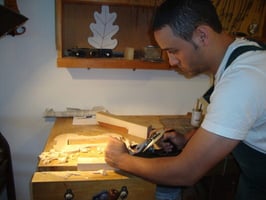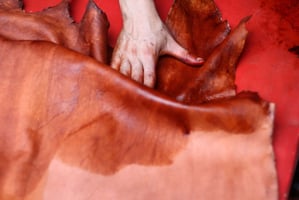In Morocco, the art of crafting is often a family tradition, passed down through generations. This...
The role of handicrafts in Moroccan festivals and traditions
Handicrafts play a significant role in Moroccan festivals and traditions, serving as both functional items and symbols of cultural heritage. These crafts, which include pottery, textiles, leather goods, and jewelry, are often integral to celebrations and rituals. For instance, during weddings, traditional Berber rugs and embroidered garments are used to decorate and attire the participants, showcasing the intricate craftsmanship and cultural significance of these items. These handcrafted pieces are not only beautiful but also carry deep symbolic meanings related to the event.
Moroccan festivals, such as the Moussem of Tan-Tan and the Festival of World Sacred Music in Fez, also highlight the importance of handicrafts. These events celebrate the country’s cultural diversity and artistic heritage, providing a platform for artisans to showcase their work. Handicrafts sold at these festivals often include traditional pottery, metalwork, and woven goods, reflecting the rich history and skilled craftsmanship of Moroccan artisans. These festivals help keep the tradition of handicrafts alive, allowing artisans to connect with a wider audience and share their cultural heritage.
The use of handicrafts in Moroccan traditions and festivals underscores their importance in preserving cultural identity and fostering community. These crafts are more than just decorative items; they are a way of life, embodying the values, history, and creativity of the Moroccan people. By incorporating traditional handicrafts into festivals and celebrations, Moroccans maintain a strong connection to their past while celebrating their vibrant cultural heritage. This ongoing tradition ensures that the skills and knowledge of artisans are passed down through generations, keeping Moroccan culture alive and thriving.
-2.gif?width=80&height=80&name=Mf%20(1)-2.gif)


